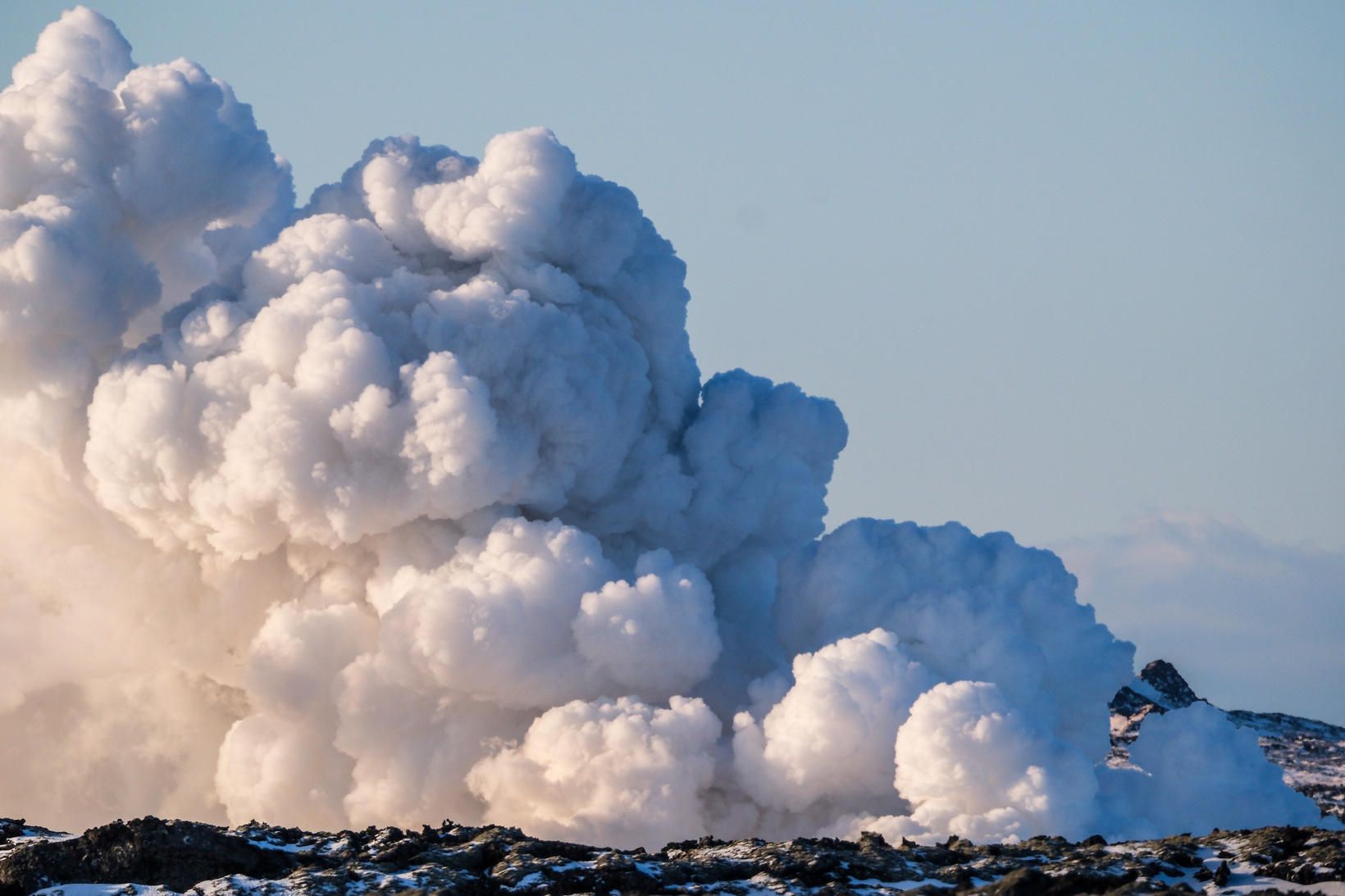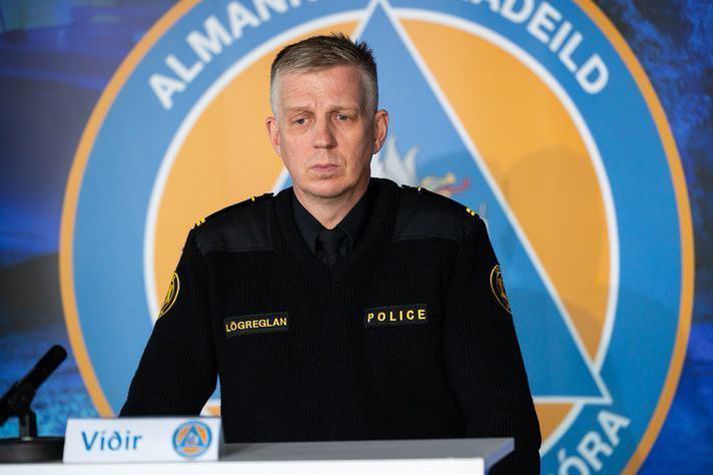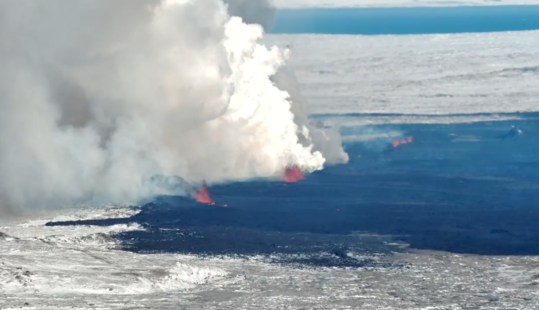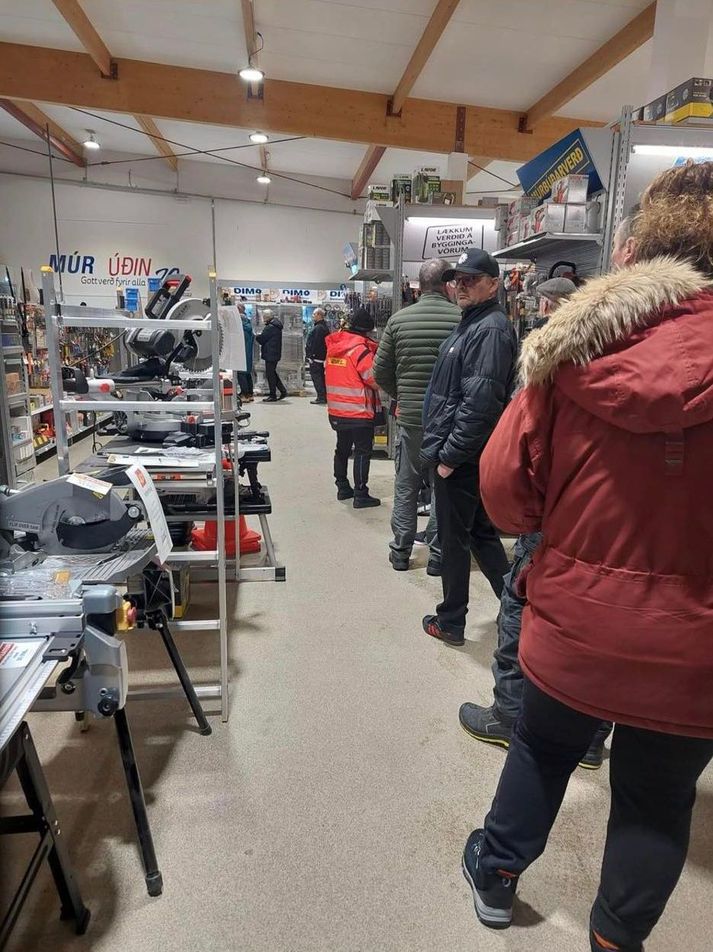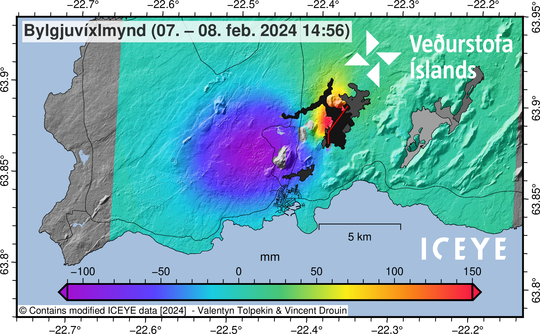Thus far today, it appears I
was wrong. Yay! The cams don't show much activity (it did gradually slow down over the evening, Iceland time, until I stopped watching around 2300 UTC).
Per
RUV (autotranslated) about an hour ago (emphasis added):
The eruption could end tomorrow or the day after
Ármann Höskuldsson volcanologist.
The northern crater still sends lava to the west, and lava from the southern one goes out onto the plain. Volcanologist Ármann Höskuldsson said this on Morgunútvarp. It slowly wears off the soda and it could be over by tomorrow or the day after.
He said that
eruptions in the area cannot get bigger than this while they are coming out of the fissure at Sundhnúka, they will be powerful but short. It can be expected that this is part of a cycle that continues. It erupts for a short time, it stops, magma accumulates and then another eruption occurs.
However, it is the case that if it goes out into the fireballs, there will be changes in behavior. Then the eruptions will be bigger and last longer.
Ármann also said that he was surprised by how briskly the lava flow flowed to the west.
That path is well defined for lava and it was quickly able to find a channel and create a good central channel which caused it to be able to go this fast and far.
Not sure what is meant by "fireball" but probably the meaning is an eruption site than the November 10th dike, which boffins have
just published a paper on. (There are
other points of view on the dike -- autotranslated.)
Per sources
referenced by Jon Frimann, whoever they may be, the water contact yesterday influenced the eruption somewhat:
...the eruption in part of the fissured ended so suddenly with a pressure drop that the fissure walls collapsed, allow ground to get in touch with lava and then ground water started to flow on the lava. Resulting in two clouds, one dark and a steam cloud. This was large for an about hour or two.
As far as I can tell from the news, everyone has made it thus far through the cold and all are following energy usage restrictions so the grid is holding up.
The most optimistic prediction of restoring geothermal pipe service is by some time tonight, but it will take time to pressurize the system. In the best case, heat in homes and other buildings won't come on until Saturday or Sunday, according to current news.
Which brings us to what Armann said about the pipe-breaking flow following a "well defined path."
It was heartbreaking to see, in Duncan's "keep calm carry on" post above, the high barrier wall around the power plant in the background while lives and valuable equipment (all of Iceland's big stuff is on this, which is why they raced to save it on January 14th) were being risked in what turned out to be a futile attempt to protect the geothermal water pipe.
That effort would have been easier (perhaps), safer, and probably more successful had it been done alongside the erection of the plant barrier at that point.
To put it as damningly (and therefore unfairly) as possible, why was the business property secured and not the consumer-side line providing a vital resource?
To be fair, during an interview with a company spokesperson that I saw yesterday, she said it was because there were concerns that lava might be redirected toward the plant by barriers along the pipeline.
That's valid. It's impossible to overstate just how cutting-edge this 2023-2024 work on lava defense is (I read up on it for the Decade Volcano eBook re: Etna and Mauna Loa).
The Icelanders are pushing well past the boundaries of known science with this and are successful because they have thought it through and worked very, very carefully.
But sometimes you can focus too much -- personal experience talking! -- and lose sight of the main issue.
The Icelanders are too
polite to be damning. But they are persistent. I don't envy the politicians or company when this present crisis is over.
In other developments, Keflavik Airport and some neighborhoods around the peninsula are out of ordinary
cold water, too.
News stories always add, after reporting it, that it has nothing to do with the eruption.
I did see a story yesterday on the cold-water lines coming from the power plant, noting that they are buried and, though covered in lava that's heating up the ground, they should be okay if water pressure is maintained. No followup on that since.


Set a bookmark

